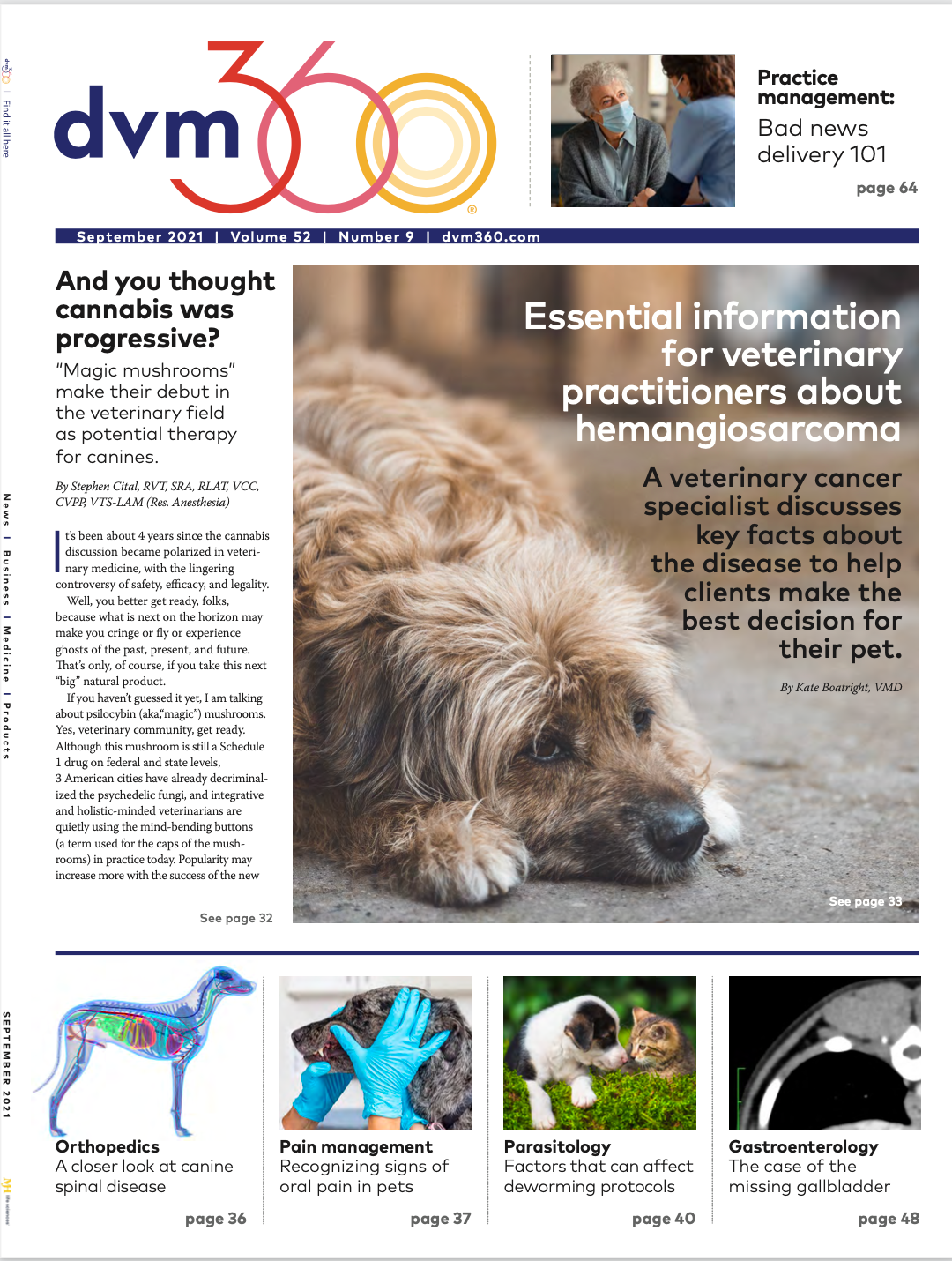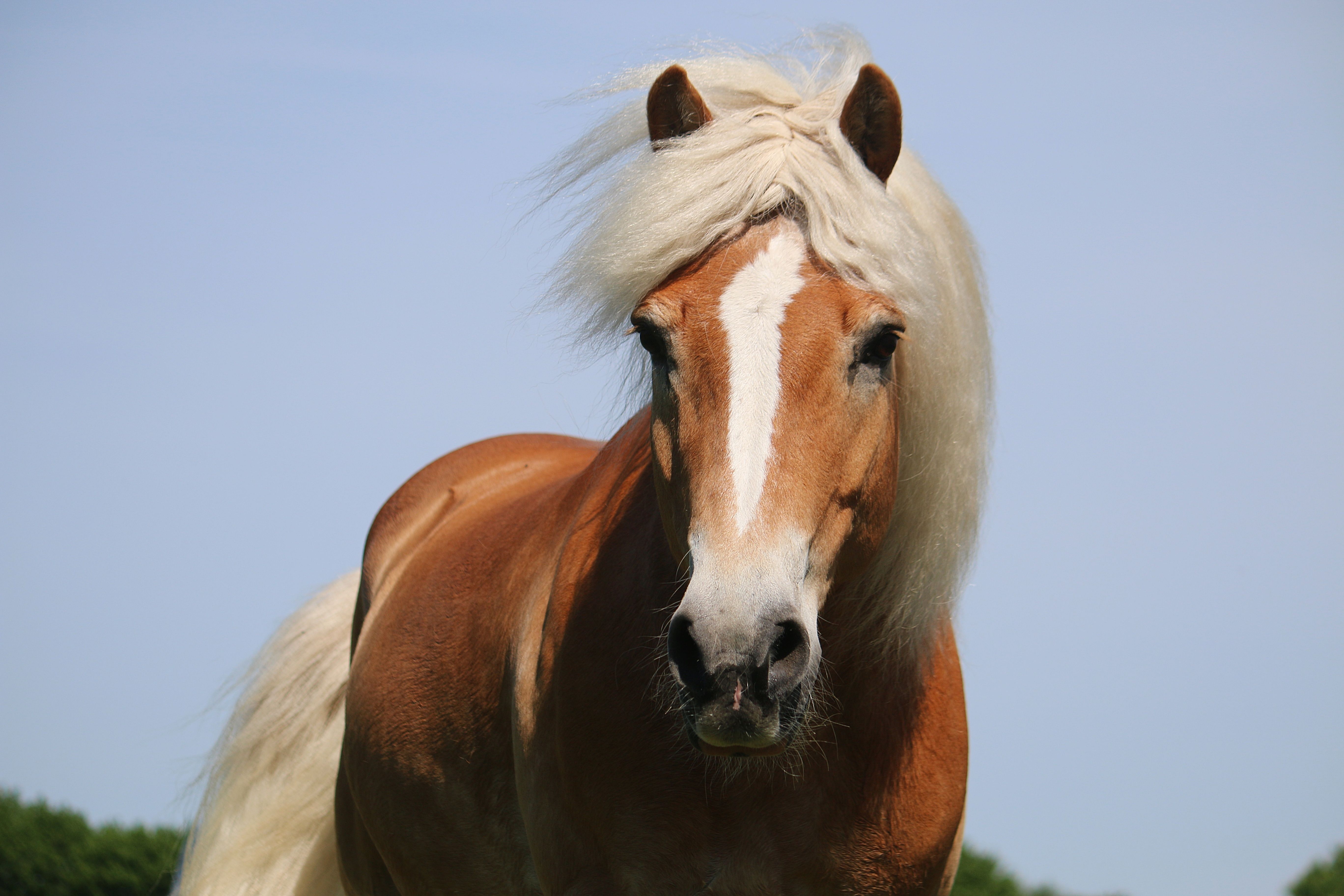Equine skin graft goes rogue
Find out what happened when this veterinarian performed a skin graft procedure on a horse and collected healthy skin tissue a bit too close to the mane.
Horses are strange creatures that often come with many caveats. Since they don’t have muscle tissue below their knee or hock, when an injury that removes the skin is present, horses develop a horrible condition veterinarians call proud flesh, which is another term for granulation tissue.
Don’t get me wrong, proud flesh has its benefits. For example, it can protect horses by providing them with a way to heal while maintaining movement and appetite. However, if the skin damage is extensive, then proud flesh becomes excessive and horses are at risk of developing terrible scars and a potentially deadly infection.
In this case, the male horse I was working with had a bad injury. The skin located on the front of the knee and ankle was practically effaced and the owners were eager to have this rectified. When I assessed the situation, I discovered that the only foreseeable way of repairing the massive tissue loss was by potentially utilizing skin grafting.
Finessing the punch graft
Veterinarians often use a technique on horses called a punch graft. In this technique, instead of taking a giant piece of skin from somewhere on the horse and transplanting it onto the wound, we simply take 4-mm punches of skin and fuse it into the flesh, 1 little piece at a time. This promotes healing in the locations where the grafts are present, and the punches in the proud flesh will start to spread similarly to Bermuda grass.
The horse I was working with had a large wound that would typically require 100 to 150 punches of normal epidermis that would then be transferred to the wound bed. At the time, I had not performed this procedure enough and was more reliant on what the book said, which stated that you can take the healthy skin tissue from the belly or underneath the mane.
The owners weren’t too keen on spending an abundant amount of money, so I reckoned I could perform the graft with the horse standing, using local anesthetic—so the horse feels no pain—and harvesting the healthy skin tissue from under the mane without having to use the added expense of general anesthesia.
I went to work and began clipping the hair from the side of the mane and the skin adjoining it, then I scrubbed the area perfectly and began transferring healthy skin tissue from under the mane to the front of the leg. The procedure went smoothly. All grafts were placed, and I worked hard for the next 2 weeks to ensure those tiny pieces of healthy skin tissue were happy in their new environment on the leg.
Onto greener pastures
At the end of the 2-week mark, the owners came back to pick their horse up. I sent them home with a long to-do list to ensure the grafts had the best chance of survival. The owners digested every bit of information I provided them with, which gave me confidence that they could make this procedure successful.
When the horse left, the areas where we had taken the grafts from were completely healed. In fact, you couldn’t even tell anything had happened. The graft bed looked healthy and I was hopeful that the terrible injury would be a distant memory within just a few months.
The case of luscious leg locks
Roughly 6 months after I performed the procedure, a green pick-up truck pulled into the parking lot at the clinic. Out of it stepped the owners of the horse, and I could tell from a mile away they were laughing. I asked them how the horse had turned out, since they never gave me a call like I had advised them to. They just stood there and chuckled a bit, to the point where it was becoming uncomfortable.
“Out of any veterinarian in the world, you did the best job of fixing a giant injury,” one of them said. “The wound is completely healed, and if it weren’t for a few minor details, no one would ever know there was a problem.”
They proceeded to laugh a bit more and explained that they were headed to a rodeo and wanted to stop by and thank me for getting their horse healed up. They also mentioned that they had stopped by to “razz” me a bit. If the wound is healed and they were roping off of the horse, why was there a need to razz me a bit?
I stood there with a perplexed look on my face as one of them went and unloaded the horse. I was approximately 30 yards from the trailer when I realized what all the fuss was about. It seems that when I was taking the skin from under the mane to use as the grafts, I was a little too close to the mane. (Mane hair tends to be large in diameter and can grow to around a foot long, while body hair is fine in diameter and grows to nearly an inch long).
Across the parking lot stood a wonderfully healthy horse that had 12 in of long hair growing from the front of his leg. Yes. The luscious leg locks were blowing in the breeze like a Sports Illustrated model strolling on the beach. I was utterly flabbergasted.
The owners assured me not to worry and explained that they usually shave it down so it’s not noticeable. They let it grow this time to give me a hard time and stopped by to see if they could use my clippers before heading to the rodeo. At the end of the day, they were relieved that the horse lived and told me they weren’t upset about the horse having 2 manes.
Ever since, I always use the stomach for punch grafts. Live and learn.
Bo Brock, DVM, owns Brock Veterinary Clinic in Lamesa, Texas.

